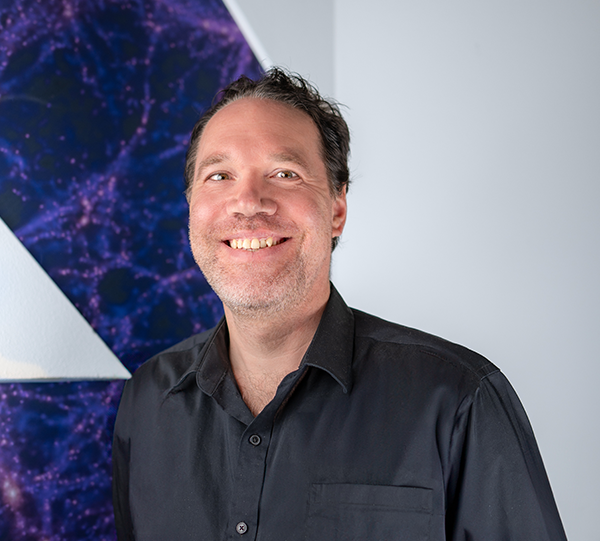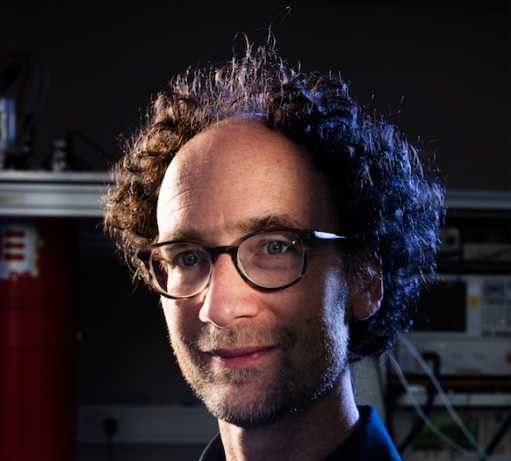How can we develop space-based detectors and filters sensitive enough to detect and study distant planets? Planets around other stars are among the faintest light sources in the sky. Indeed, they are not even sources. They reflect light from their parent star. And that star, right next door, also shines a billion times brighter. A bit like a firefly next to a lighthouse.
How can we make innovative masks to suppress that blinding brightness? How do we make detector technology sensitive enough to register every incident light particle? After all, a typical space telescope captures only about one light particle per second from most exoplanets. In the process, we also want to determine the energy of that light particle, to ultimately create a spectrum from which we can extract information about local alien conditions.
Innovative coronography for high contrast
We are working on masks based on liquid crystal optics. These act as polarised filters against the high contrast between bright and dim light, in a groundbreaking coronograph.
Single photon spectroscopy with MKID detectors
We are working towards a spectrograph based on superconducting MKID detectors, which determine the energy of individual light particles without grating or prism, without noise, and with an energy resolution of more than 100. KID Visible and KID Infrared





